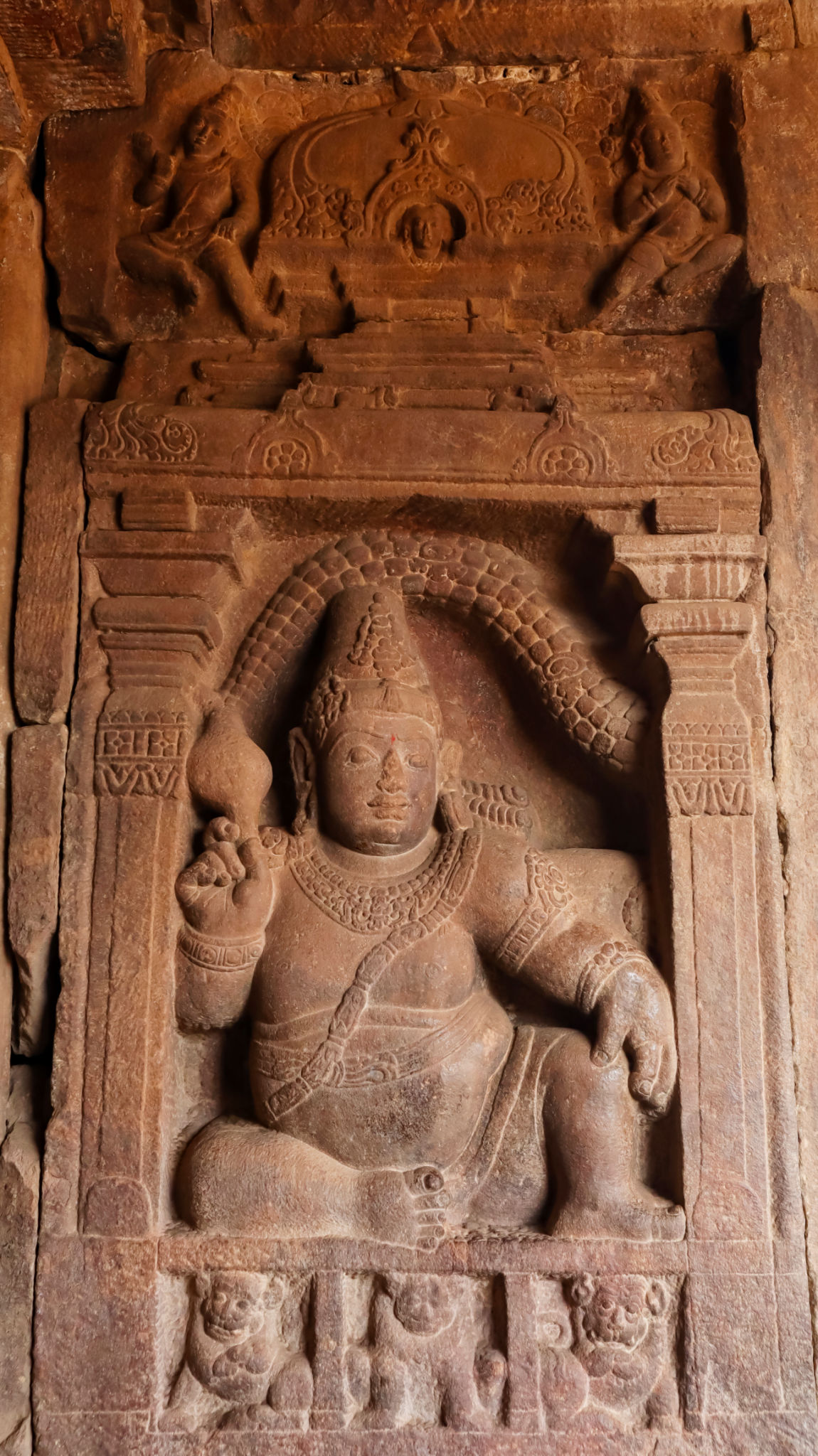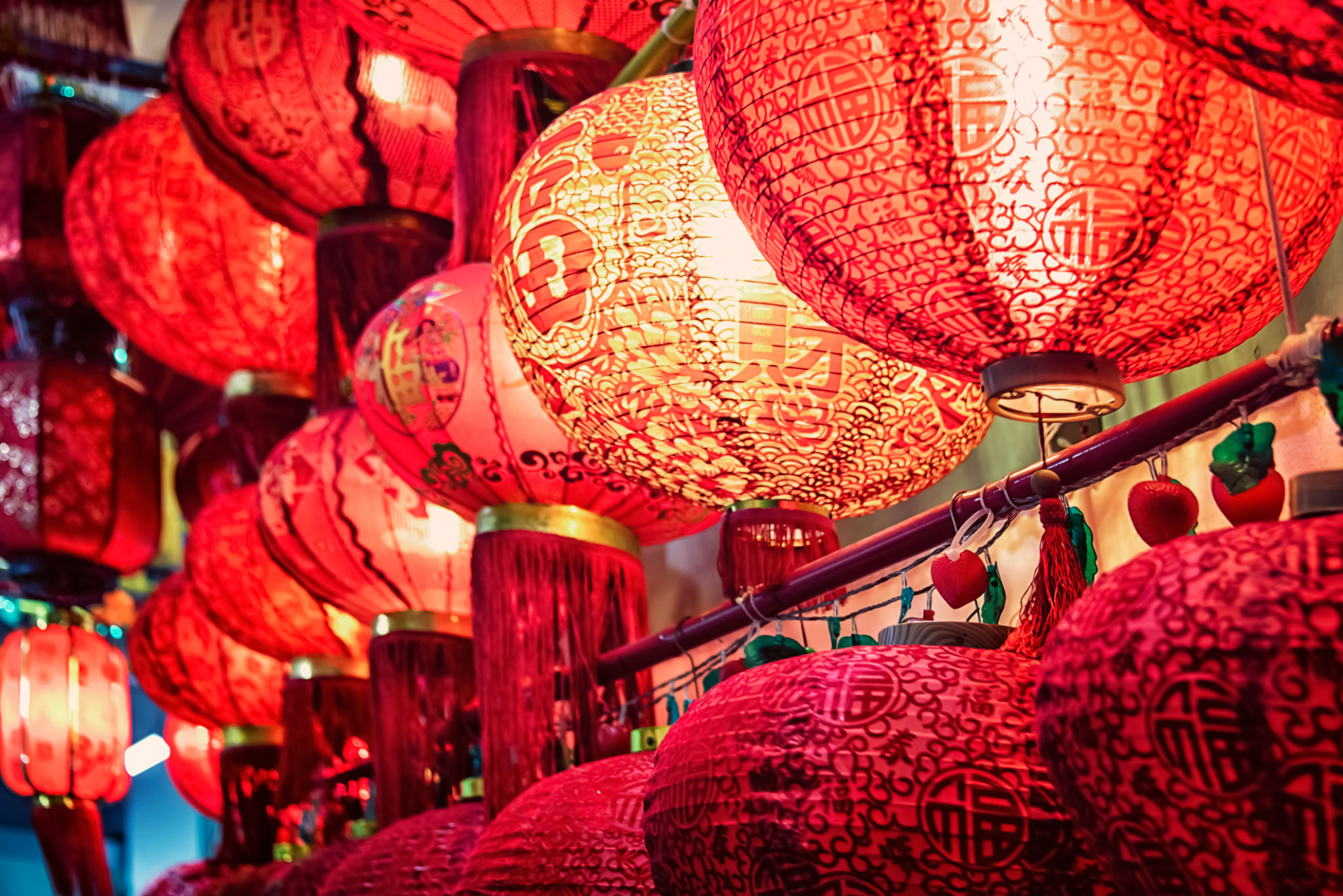The Role of Kubera Temple in Local Culture and Community
Introduction to Kubera Temple
The Kubera Temple, dedicated to Lord Kubera, the Hindu God of wealth and prosperity, holds a significant place in the hearts of the local community. It is not just a place of worship but also a cultural landmark that shapes the traditions and social fabric of the area. This temple serves as a spiritual hub where people come together to seek blessings, celebrate festivals, and engage in community service.

Historical Significance
The origins of the Kubera Temple date back several centuries, making it a historical treasure in the region. According to local legends, the temple was established by a revered sage who was blessed by Lord Kubera himself. Over the years, it has been renovated and expanded to accommodate the growing number of devotees. The temple's architecture reflects traditional styles, with intricate carvings and sculptures that depict various deities and mythological scenes.
Community Gatherings and Celebrations
The temple plays a central role in organizing community gatherings and religious festivals. Events such as Diwali, Navratri, and special pujas dedicated to Lord Kubera draw large crowds. These celebrations are marked by colorful decorations, music, dance, and traditional cuisine. The temple grounds become a vibrant hub of activity where people from all walks of life come together in joyous celebration.

Social and Economic Impact
Beyond its religious significance, the Kubera Temple contributes significantly to the local economy. The influx of tourists and pilgrims generates revenue for local businesses such as hotels, restaurants, and shops selling religious artifacts. The temple also provides employment opportunities for priests, artisans, and vendors. Furthermore, it facilitates charitable activities by organizing food distribution, educational programs, and medical camps for the underprivileged.
Preservation of Culture and Heritage
The temple plays a crucial role in preserving the rich cultural heritage of the region. It serves as a repository of ancient texts, rituals, and traditional practices that have been passed down through generations. By organizing cultural programs and workshops, the temple educates younger generations about their roots and encourages them to take pride in their heritage.

Architectural Marvel
The architectural beauty of the Kubera Temple is another aspect that attracts visitors. The temple is adorned with stunning sculptures and murals, each telling a unique story from Hindu mythology. The intricate designs on the walls and ceilings showcase the craftsmanship of ancient artisans. Visitors often marvel at the majestic entrance gates and towering spires that dominate the skyline.
Spiritual Significance
For many devotees, the temple is a place of solace and spiritual growth. It offers an environment conducive to meditation and introspection. The serene ambience helps individuals connect with their inner selves and find peace amidst the chaos of daily life. Regular prayer sessions and spiritual discourses provide guidance and inspire individuals to lead a righteous path.

Conclusion
In summary, the Kubera Temple is more than just a religious site; it is a cornerstone of local culture and community life. Its influence extends beyond spirituality, impacting social dynamics, economic activities, and cultural preservation. As both a symbol of faith and a beacon of tradition, the temple continues to nurture the hearts and minds of those who visit it.